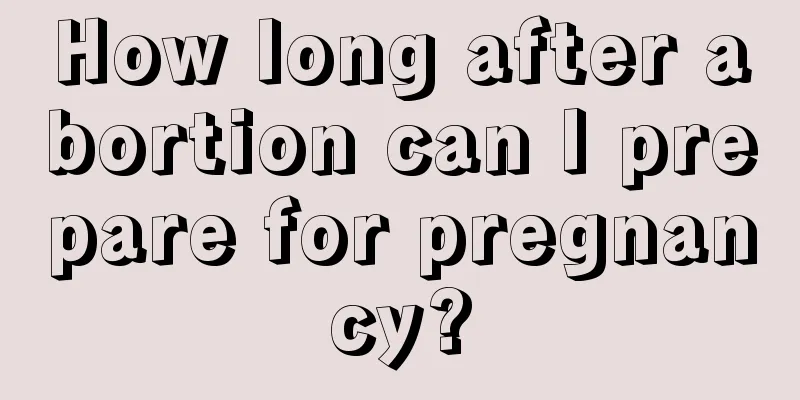What is wrong with the fetal position?

|
Malposition of the fetus should be adjusted actively. When correcting it, you can choose the chest-knee position, that is, let the pregnant woman's head be lowered as much as possible and the buttocks be raised as much as possible. It is best to urinate before doing it, and loosen your belt. When correcting, kneel on the hard bed board, put a pillow of moderate height on the pregnant woman's chest, and then move the arms forward as much as possible to keep the buttocks and thighs at a right angle. This correction is done about 2 to 3 times a day. There are many reasons for malposition of the fetus, which are briefly introduced below. The causes of malposition of the fetus include uterine hypoplasia, uterine malformation, narrow pelvis, pelvic tumors, fetal malformation, polyhydramnios and other factors. If a pregnant woman has too much amniotic fluid, the fetus will have too large a range of movement in the uterine cavity. The fetus can move freely in a wider space. Excessive movement will affect the fetal position, making it loose. Due to multiple births, too little amniotic fluid, etc., the uterus that could originally nurture one baby will now have a small range of movement for the fetus in the uterine cavity, making it inconvenient for the fetus to move normally, resulting in crowding and malposition of the fetus. Pelvic stenosis, placenta previa, giant fetus, etc., make the fetal delivery difficult. The fetal head cannot be positioned well, and squeezing occurs, resulting in an abnormal fetal position. The mother's abdominal wall is loose, which will cause the abdominal muscles to lose support for the uterus, lose elasticity, become loose, and cause an abnormal fetal position. Fetal malformations, uterine malformations, etc. cause changes in the space of the uterine cavity, which in turn changes the range of movement of the fetus in the uterine cavity, thus causing malposition of the fetus. For malposition of the fetus, if it is a transverse position, then a cesarean section should be chosen during the delivery process. If the pregnant woman's pelvis is relatively large, then a cesarean section is not necessary, and there will be no harm in using a vaginal delivery. If the fetus is in a breech presentation, this phenomenon is more dangerous and may cause uterine rupture during delivery. |
<<: What is the cause of malposition of the fetus?
>>: What are the dietary treatments for female constipation?
Recommend
What symptoms indicate breast cancer? Different types require different treatments!
Author: Luo Bin, Chief Physician of Beijing Tsing...
Is Chinese medicine effective against the new coronavirus? What Chinese medicine is effective against the new coronavirus?
We all know that the new coronavirus is a relativ...
Female to male sex reassignment surgery
Now it is a new society and world, and people hav...
Medical abortion pictures and embryo pictures
I don't know if you have any knowledge about ...
Can I drink water in the morning when doing a glucose tolerance test?
Do I need to drink water before doing a glucose t...
What to do if your period is late
It is normal for menstruation to be delayed for a...
Methods to delay ovarian aging, 7 ways to delay ovarian aging
The ovaries are very important for women because ...
Light red discharge from underwear
In daily life, women often see some secretions on...
Can you apply ice or toothpaste after a burn? Remember these five words for correct first aid →
rId5...
What fruits should pregnant women eat to lose weight?
The most important thing for pregnant women throu...
Why do I feel back pain after egg retrieval?
What is the general reason for lower back pain af...
Anechoic areas in the ovary
For women, this uterus and ovaries are one of the...
What is coriander? What is the nutritional value of coriander?
Coriander is an important spice vegetable, refres...
5 must-learn ways to act like a spoiled child to make a man obsessed with you
Women and men constitute the main body of this so...
What is the best way to maintain cervical erosion?
With the rapid development of today's society...





![[Medical Q&A] Is the saying “A slim body in old age cannot be bought with money” true?](/upload/images/67f0f32e57140.webp)



